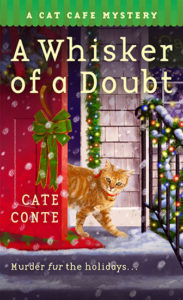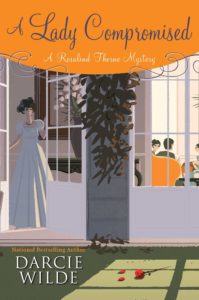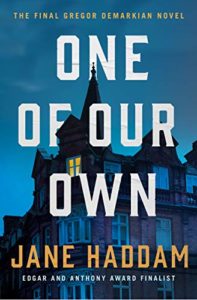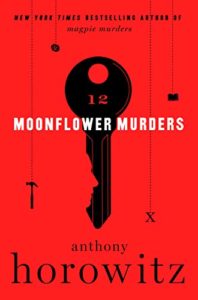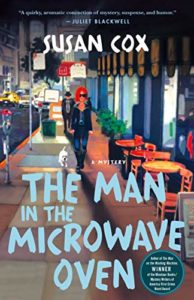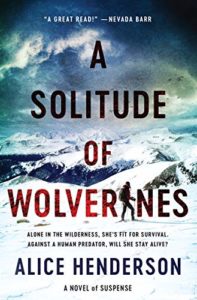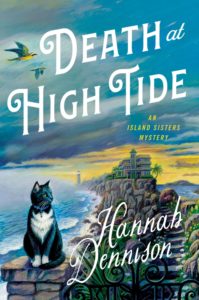Book Club – January, February and March
All are welcome to joins us at upcoming book clubs via zoom. Message us on facebook or at store (at) auntagathas.com to receive a zoom invitation.
On Sunday, January 17, at 2 p.m. join us when we discuss Kwei Quartey’s The Missing American, the first in his series featuring P.I. Emma Djan. When her dreams of rising through the police ranks like her late father crash around her, 26-year-old Emma Djan is unsure what will become of her life in Accra. Through a sympathetic former colleague, Emma gets an interview with a private detective agency tracking down missing persons, thefts, and marital infidelities. It’s not the future she imagined, but it’s her best option.



